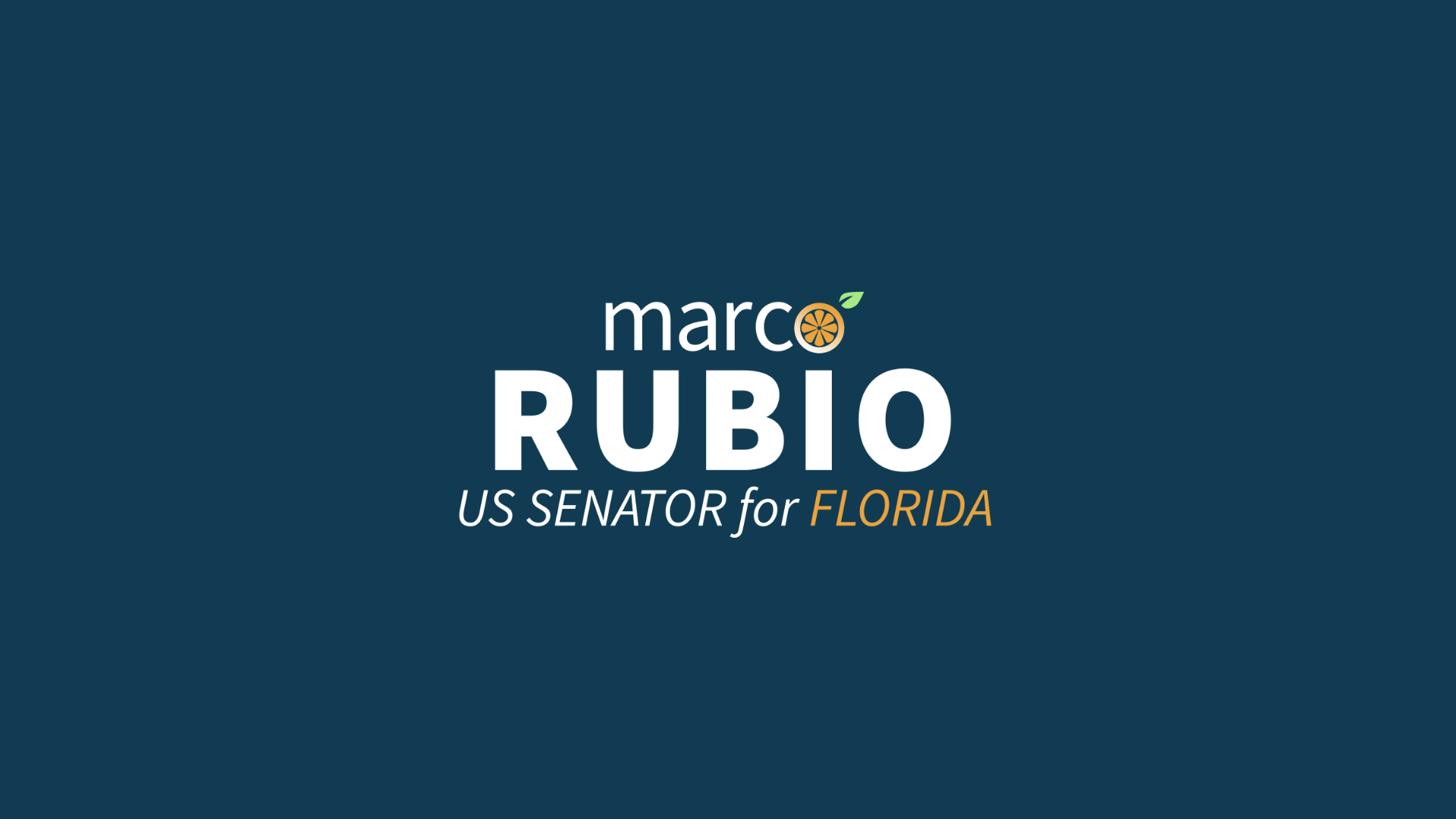Source: United States Senator for Florida Marco Rubio
Washington, D.C. — U.S. Senator Marco Rubio (R-FL) led members of the Florida congressional delegation in urging National Oceanic and Atmospheric Administration Administrator Richard Spinrad to support Florida’s manatees by aiding efforts to improve water quality and prevent harmful algal blooms in the Indian River Lagoon estuary.
U.S. Representatives Brian Mast (R-FL), Michael Waltz (R-FL), Maria Elvira Salazar (R-FL), Carlos Gimenez (R-FL), Stephanie Murphy (D-FL), Bill Posey (R-FL), John Rutherford (R-FL), Darren Soto (D-FL), Al Lawson (D-FL), and Gus Bilirakis (R-FL) also signed the letter.
“The Indian River Lagoon is one of the most unique and biologically diverse ecosystems in the United States,” the lawmakers wrote. “The estuary makes up nearly 40 percent of Florida’s Atlantic coast, and is home to more than 4,000 plant and animal species, including our state’s beloved gentle giant, the West Indian manatee. Sadly, the Indian River Lagoon is ground zero for one of the worst mass mortality events to ever affect manatees in Florida. As of July 2, 2021, just half-way through the calendar year, the Florida Fish and Wildlife Conservation Commission has reported 841 manatee mortalities, which is the most ever recorded in a single year. Of these mortalities, 435 occurred in the Indian River Lagoon, likely due to starvation as the result of a shortage of available food resources. We welcome the National Oceanic and Atmospheric Administration’s designation of these events as an “unusual mortality event,” but more must be done.”
The full text of the letter is below.
Dear Administrator Spinrad:
We write to respectfully request that you take urgent action in support of ongoing efforts to improve the ecology of Florida’s Indian River Lagoon estuary. Urgent action is required to improve water quality and prevent algal blooms to break the estuary’s ongoing cycle of ecological decline.
The Indian River Lagoon is one of the most unique and biologically diverse ecosystems in the United States. The estuary makes up nearly 40 percent of Florida’s Atlantic coast, and is home to more the 4,000 plant and animal species, including our state’s beloved gentle giant, the West Indian manatee. Sadly, the Indian River Lagoon is ground zero for one of the worst mass mortality events to ever affect manatees in Florida. As of July 2, 2021, just half-way through the calendar year, the Florida Fish and Wildlife Conservation Commission has reported 841 manatee mortalities, which is the most ever recorded in a single year. Of these mortalities, 435 occurred in the Indian River Lagoon, likely due to starvation as the result of a shortage of available food resources. We welcome the National Oceanic and Atmospheric Administration’s designation of these events as an “unusual mortality event,” but more must be done.
In recent years, seagrass coverage within the Indian River Lagoon ecosystem has severely declined due to algal blooms that obstruct water clarity and prevent sunlight from reaching seagrass beds. In 2019, the Indian River Lagoon National Estuary Program reported in its updated Comprehensive Conservation and Management Plan (CCMP) that the lagoon had lost an estimated 52 percent of its seagrasses since 2009, and attributed the decline to poor water clarity and recurring algal blooms. More recently, additional seagrass die-offs have occurred as a result of algal blooms and poor water quality. These die-offs can lead to cyclical impacts, as dead seagrasses can block sunlight and contribute to subsequent algal bloom and hypoxia events, killing more seagrasses and wildlife such as manatees.
The Harmful Algal Bloom and Hypoxia Research and Control Act authorizes you to designate severe harmful algal blooms and hypoxia events as “Hypoxia or Harmful Algal Blooms of National Significance,” and make federal assistance funds available to mitigate the root causes of the algal blooms and hypoxia. We believe that the deaths of hundreds of federally-designated West Indian manatees pose a severe enough situation to warrant such a designation, especially because these deaths have ultimately been caused by the impacts of hypoxia and algal blooms that have decimated the species’ main food source within the Indian River Lagoon. Additionally, we urge you to coordinate with the State of Florida on water quality and seagrass restoration projects that are already being planned and implemented to prevent algal blooms in the Indian River Lagoon, and to consult with the Indian River Lagoon National Estuary Program in identifying priority areas for remediation.
Addressing the root causes of algal blooms and hypoxia is necessary to prevent the deaths of manatees and other wildlife in the future. Improving ecological conditions within the Indian River Lagoon by improving water quality, preventing harmful algal blooms, and planting new seagrasses should all be priority actions to achieve these goals. We respectfully urge you to designate the conditions within the Indian River Lagoon as a Hypoxia or Harmful Algal Bloom of National Significance in order to help achieve these goals and support our irreplaceable wildlife.
Thank you for your attention to this important matter.
Sincerely,
Related:
- June 28, 2021: Rubio, Scott Introduce Legislation to Include Pensacola and Perdido Bays Estuary Program in the National Estuary Program
- June 17, 2021: Rubio Bill to Address Harmful Algal Blooms in South Florida Heads to Senate Floor
- March 4, 2021: Rubio, Entire Florida House Delegation Urge Biden Administration to Request $725 Million for Everglades Restoration for FY2022
- January 27, 2021: Rubio, Scott, Mast, Soto Reintroduce Bill to Address Harmful Algal Blooms in South Florida
- January 20, 2021: Florida Wins Big in U.S. Army Corps of Engineers FY 2021 Work Plan
- December 22, 2020: Rubio Secures Record Everglades Funding, Critical Water Projects in Spending Bill
